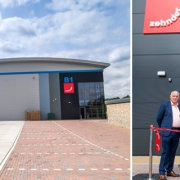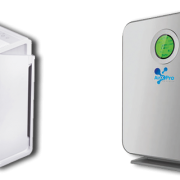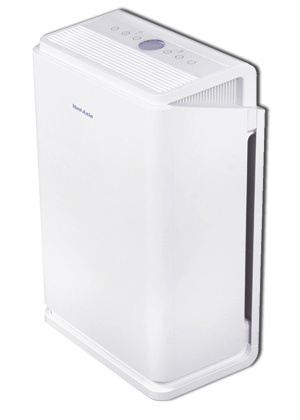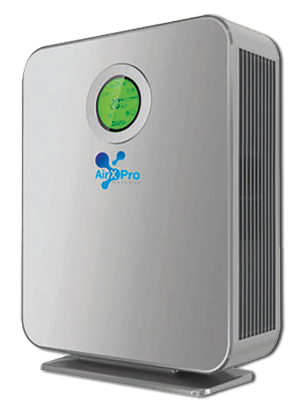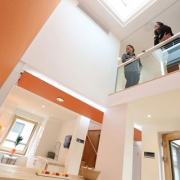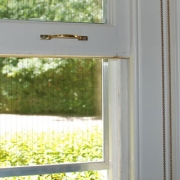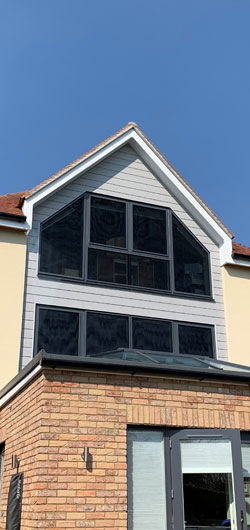| Indoor air quality and ventilation manufacturing specialist Nuaire has announced that its Magnelis® steel based ventilations systems are now being made from XCarb® recycled and renewably produced steel. Leading the way in sustainability, Nuaire is the first UK ventilation manufacturer to switch to this innovative steel, which will result in a 64% reduction in CO2 emissions on these products within the first year alone, compared with the same steel manufactured via the conventional steelmaking route. Products to benefit from the transition to XCarb® steel include Nuaire’s industry leading BPS air handling units and XBOXER XBC packaged heat recovery systems. For customers, this transition to a lower carbon-emissions steel has only positive benefits; the quality of Nuaire’s products will remain as before, with the additional benefit of helping to reduce embodied carbon within buildings. Embodied carbon – the carbon emissions associated with the material extraction and manufacture, construction, maintenance, refurbishment, and demolition of a building – makes up 20% of the UK built environment’s emissions. To reduce this, we need to use less materials in building design, and those materials that are required should be low carbon wherever possible. Magnelis made with XCarb® recycled and renewably produced steel has an embodied carbon footprint of just 0.898 tCO2e/t of material, which is considerably lower than the 2.51tCO2e/t of material of the steel previously used, meaning Nuaire’s ventilation systems manufactured with this innovative steel help reduce a building’s embodied carbon. “Mechanical, electrical and plumbing products are typically 23% of the embodied carbon of a building” states Alun Thomas, Engineering Director of Nuaire. “This is a significant figure, so focussing on reducing it will make an important contribution to reducing a building’s overall embodied carbon. We understand customers are under pressure to reduce carbon and, like ourselves, have their own Science Based Targets they are trying to meet. We recognise the role Nuaire has to play in helping customers meet their targets, and transitioning to XCarb® low carbon-emissions steel is one of a raft of measures we are taking to support customers and, ultimately, the planet. Being the first UK ventilation manufacturer to use XCarb® is a clear statement of our intent to drive sustainability throughout our product ranges and our manufacturing processes.” As part of this support and to assist consultants and developers in measuring embodied carbon in their projects, Nuaire now provides detailed TM65 datasheets on the majority of its products to show the embodied carbon of individual products, including a breakdown of the calculation from material extraction through to end of life disposal. XCarb® recycled and renewably produced steel has been developed by ArcelorMittal, Europe’s largest steelmaker, as a part of their decarbonisation strategy. Made in an electric arc furnace in Spain with guaranteed high scrap content and 100% renewable electricity, the steel has a third-party verified Environmental Product Declaration (EPD). Nuaire was introduced to XCarb® through Steelco. The two companies have worked together for over 25-years, exploring new advancements in steelmaking with a lower environmental impact. Commenting on the relationship, Stuart Harper, Commercial Manager at Steelco, said: “Steelco is a proud partner to Nuaire and, with technical support provided by Arcelor Mittal, is excited to support their commitment to a more sustainable future, just one of many shared values between our companies. Now, as we look to the future, we have confidence that XCarb® plays a significant part in maintaining Nuaire’s market-leading position while safeguarding the planet for future generations.” As part of the Genuit Group, which has pledged to be net zero by 2050 and has set rigorous carbon reduction targets, Nuaire has already made significant changes to its operations which have resulted in tangible reductions to its carbon emissions. In 2024 alone, Nuaire removed 2,000 tons of carbon from its product portfolio by, for example, implementing careful material reduction and material substitution, such as changing to recycled plastic for its ducting. 2025 will see further progressive changes in Nuaire’s drive to reduce carbon, improve sustainability, and continue to provide customers with quality, reliable ventilation solutions. For more information on Nuaire’s ventilations systems, go to https://www.nuaire.co.uk/about/xcarb. For more information on XCarb® go to: https://europe.arcelormittal.com/sustainability/xcarb/xcarb-introduction |


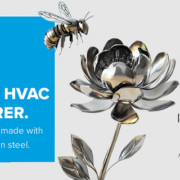


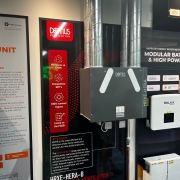
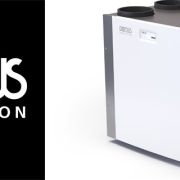
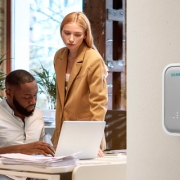
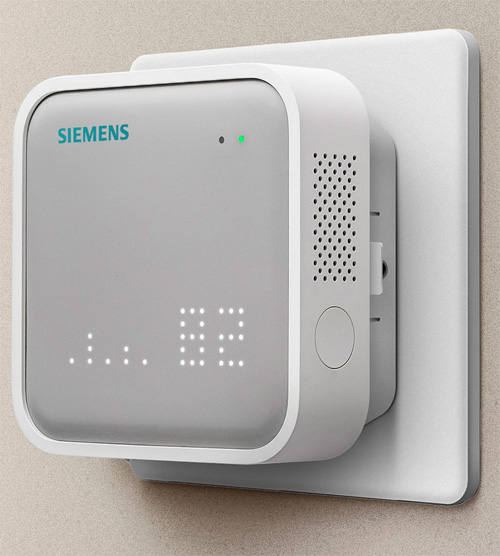 The unit assists building owners and operators in meeting a range of environmental building regulations and certification requirements including WELL, RESET, LBC, FITWEL and LEED.
The unit assists building owners and operators in meeting a range of environmental building regulations and certification requirements including WELL, RESET, LBC, FITWEL and LEED.